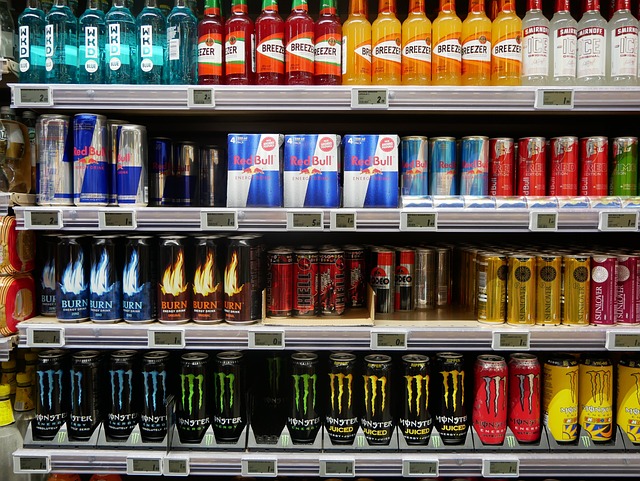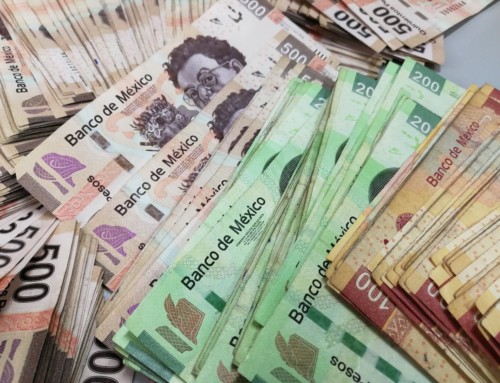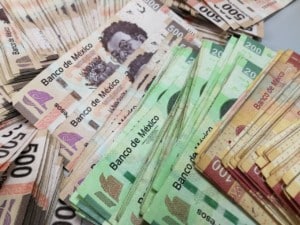El método de valoración de marcas denominado «método de regalías» o «relief royalty method» se basa en los ingresos que se podrían obtener si la marca fuera licenciada a un tercero y se utiliza comúnmente para valorar la propiedad intelectual, incluyendo marcas, patentes y derechos de autor.
This method (brands valuation, royalty method) postulates that the brand owner would be willing to pay a royalty for the right to use the brand in their commercial operations. To estimate the brand's value, the net present value of future cash flows that would be generated if the brand were licensed to a third party is calculated, after deducting the costs of the royalty payable to the brand owner.
The royalty rate (applied in brand valuation) represents a percentage of the value of the income generated by the use of intellectual property or intangible assets, such as a trademark, patent, or copyright. For example, if a royalty rate of 5% is agreed upon for the use of a brand in a particular industry, the licensee must pay the licensor 5% of the income generated by the use of the brand in that industry.
The royalty rate is determined through negotiation between the intellectual property owner and the licensee and can vary depending on the type of intellectual property, the industry in which it is used, the duration of the license agreement, and other relevant factors.
In brand valuation, the royalty rate is used as a key input to calculate the brand's value based on the income it is expected to generate.
The royalty method (brand and patent valuation) is commonly used in situations where the brand is expected to generate stable and predictable cash flows in the long term. To determine the royalty rate to be used in the calculation, it is based on existing licensing agreements in the market for similar brands. In summary, the royalty method is a popular and effective approach for valuing intellectual property, including trademarks, patents, and copyrights.
¿Cómo se calcula la tasa de regalías (valoración de marcas y patentes)?
The royalty rate is determined through negotiation between the intellectual property owner and the licensee and can vary depending on various factors such as the type of intellectual property, industry, duration of the license agreement, and other relevant factors. Below are some methods used to determine the royalty rate in practice:
- Market comparative analysis: This method involves comparing the intellectual property with similar assets in the same industry and territory to determine the royalty rate being paid for the intellectual property. The comparison is based on information obtained from recent transactions of similar intellectual property.
- Cost method: This method is based on the costs incurred to develop and maintain the intellectual property. The royalty rate is established based on development costs, marketing costs, and other costs related to the intellectual property.
- Income method: This method is based on the income generated by the intellectual property in the past or future income projections. The royalty rate is established based on the income generated by the intellectual property.
- Real options method: This method is used to calculate the value of intellectual property based on the flexibility that the owner has to adapt to changes in the market and competition. The royalty rate is established based on the value that can be obtained from the flexibility of the intellectual property.
It is important to note that there is no single or perfect method for calculating the royalty rate, and the method used will depend on the intellectual property in question and the specific circumstances of the negotiation.
What is the royalty rate for the most important brands?
There is no single royalty rate for the most important brands, as the royalty rate depends on several factors, such as industry, territory, and type of intellectual property. Additionally, the royalty rate can also vary depending on the specific license agreement that has been negotiated between the brand owner and the licensee.
That being said, according to some industry reports, royalty rates for the most well-known brands range from 1% to 15% of the revenue generated by the brand. For example, it has been reported that Nike's royalty rate ranges from 3% to 10%, while Coca-Cola's royalty rate has been reported to range from 3% to 7%.
However, it is important to note that these royalty rates may vary by territory and industry in which the brand is used, and that the royalty rate can be influenced by various factors such as the bargaining power of the parties involved, the duration of the license agreement, and other specific terms and conditions of the licensing agreement.
PVDa offers brand, business, goodwill, and intangible asset valuation services. Feel free to contact us to request information.
References
Valoración de marcas, normas contables en fusiones y adquisiciones. | The Appraisal Institute is the nation’s largest professional association of real estate appraisers, offering MAI, SRA, AI-GRS, and AA-RRS designations. | 2017 Brand Guidelines Update | Brand value, accounting standards, and mergers and acquisitions: | The Art and Science of Brand Valuation | Do You Know How Much Your Business Is Worth? | https://akademiun.com | https://avacum.com | https://hbr.org
For content inquiries, please contact:
www.pdv-a.com | www.akademiun.com | info@pdv-a.com| info@akademiun.com







Leave A Comment